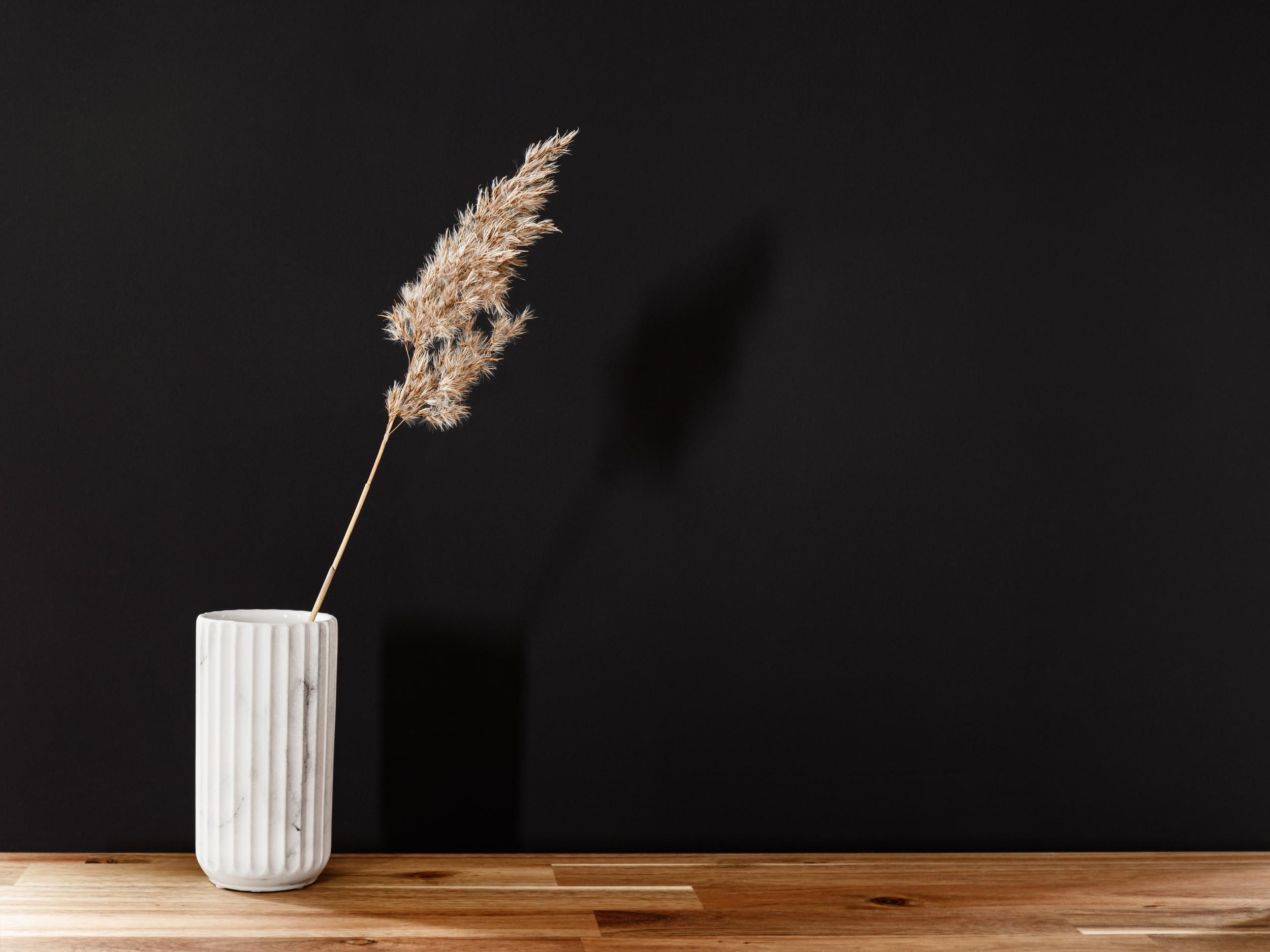
Venetian plaster is a decorative plaster finish that has been used for centuries to create luxurious and opulent interiors. This finish is also known as stucco veneziano or polished plaster, and has a rich and fascinating history that dates back to ancient Rome. In this blog post, we will explore the history of Venetian plaster, its origins, and how it has been used through the centuries.
Origins of Venetian Plaster The origins of Venetian plaster can be traced back to ancient Rome, where plaster was used to decorate the walls and ceilings of grand buildings and private homes. The use of plaster spread throughout the Roman Empire, and plasterers were highly respected and skilled craftsmen.
During the Byzantine Empire, the tradition of plastering was continued, and in the 13th century, Venetian traders began importing marble from the Greek islands to Venice. The marble was crushed into a fine powder and mixed with lime, water, and pigments to create a decorative plaster finish.
The use of Venetian plaster became popular in Venice during the Renaissance period, where skilled artisans developed new techniques for applying the finish. Venetian plaster became a symbol of wealth and luxury, and it was used extensively in the interiors of churches and palaces.
Venetian Plaster in the Renaissance During the Renaissance, the use of Venetian plaster reached its peak. It was used to create grand and opulent interiors in the palaces of wealthy Venetians, and it was a symbol of power and prosperity.
Venetian plaster was created by mixing lime, marble dust, and water to create a smooth and shiny finish. This finish was then polished to create a lustrous effect. The plaster was applied in multiple thin layers, and each layer was left to dry before the next was added. This technique created a strong and durable finish that was resistant to cracks and damage.
Venetian plaster was used extensively in the interiors of churches and palaces in Venice, and it quickly became associated with luxury and opulence. The technique of applying Venetian plaster was a closely guarded secret, and only a few skilled artisans were capable of creating the finish.
The technique of applying Venetian plaster involves several layers of plaster, which are applied using a trowel. The plaster is then smoothed and left to dry. Once it has dried, the surface is sanded, and another layer of plaster is applied. This process is repeated several times until the desired finish is achieved.
Venetian Plaster in the Baroque Period During the Baroque period, Venetian plaster continued to be used extensively in the interiors of churches and palaces. This period was characterized by grandeur and opulence, and Venetian plaster was the perfect finish for creating the lavish interiors that were in vogue.
The Baroque period saw the development of new techniques for applying Venetian plaster. Artisans began experimenting with different pigments and techniques, which led to the creation of new and innovative finishes.
One of the most popular finishes during the Baroque period was scagliola, a type of imitation marble created using gypsum, pigments, and glue. Scagliola was often used in conjunction with Venetian plaster to create a more elaborate and luxurious finish.
Venetian Plaster in the Modern World Today,
Venetian plaster is still a popular choice for interior designers and homeowners who want to create a unique and stylish finish for their walls and ceilings. It is a versatile material that can be used in a variety of settings, from residential to commercial spaces.